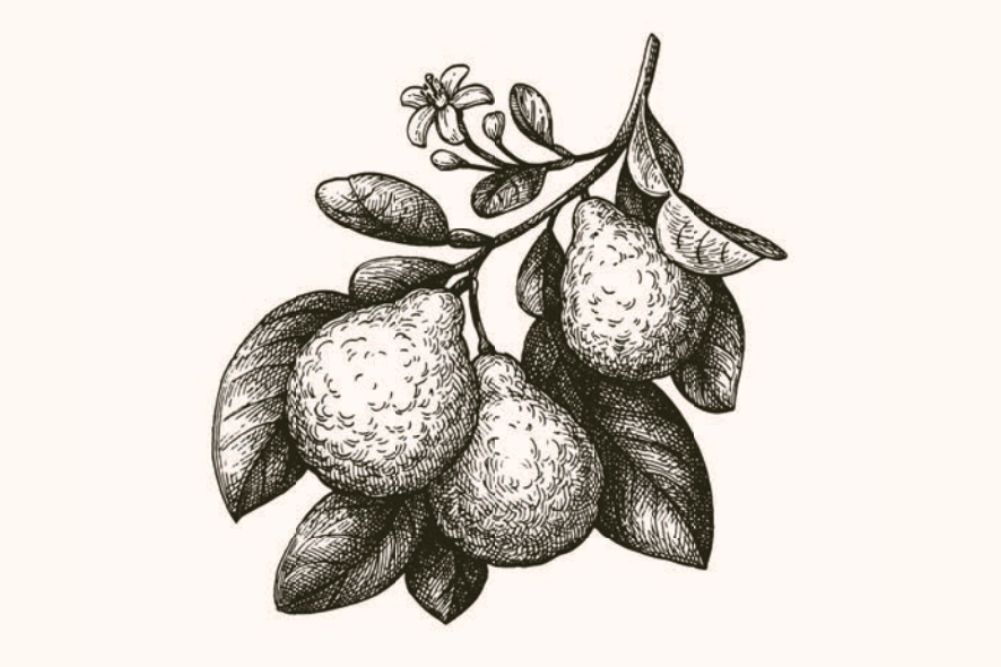Raisin the bar
With Olympic fever an spreading contagion across the globe right now everybody is thinking about getting active. People watch lithe athletes spin somersaults in the air to land on a thin wooden beam and pause with their hand in the chip packet, jaw muscles crunching away at their salted, fatted snack food and think, “You know, with a bit of practice, I could do that.†So, that is clearly a form of sleep-deprived insanity, but still it goes to show that all of us have that spark to perform somewhere inside, possibly deep inside layers of accumulated indifference, but it’s there. The thing is, chips aren’t exactly the snack food to make your Olympic dreams a reality (isn’t that an advertising slogan?) but new research suggests that raisins might be.
Before we even to look at the research it is imperative to answer that vexed question; what is the difference between a raisin, a sultana and a currant? Here’s the answer to that inevitable dinner party debate.
Raisins are produced from the Muscat Gordo Blanco or Waltham Cross grapes. These varieties of gapes all contain seeds which are removed during processing to produce what is called a “seeded or stoned raisinâ€. These are generally seeded, oven-dried (rather than by sun), and treated to retain their light color. Sultanas come from a seedless yellow grape and are usually softer and sweeter than other varieties. The usual variety of sultana grape is the Thompson seedless. Although there is a gooseberry relative known as the currant, the dried currant is actually made from a Black Corinth grape called Zante. They are tiny, seedless, and very sweet but do bear a resemblance to the currant berry. The name confusion comes not only from the currant raisin’s similar appearance to the currant berry, but also due to the similarity of the sounds of the fruit names, in that currant sounds a little like Corinth, the variety of grape.
So, having dispelled, or deepened, the mysteries of what makes a sultana and what makes a raisin, let’s take a look at what University of California researchers have found out about raisins.
The researchers had runners deplete their stores of glycogen (stored glucose) by doing an 80 minute run at 75 per cent of the maximum oxygen capacity (VO2 max) followed by a five kilometre time trial. This was done on three separate occasions separated by seven days each time. On one occasion the runners consumed water only, on another they ate sports food bars, and on another they ate raisins.
Eating both raisins and sports bars promoted greater carbohydrate oxidation compared to water only but there was no real difference between raisins and sports bars.
As the researchers pointed out, the advantage of raisins is that they also provide fibre, nutrients like potassium and iron, they do not have added sugar or sugar alternatives, and they do not have artificial colours or flavours.
One would assume that sultanas would also offer the same benefit but that’s raisin a whole other debate.







